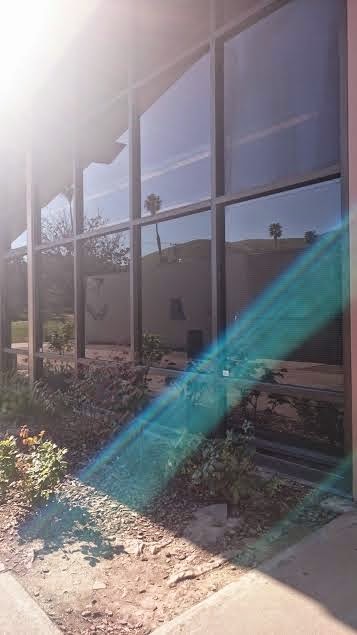2. complete
3. complete
4. This photo is my transformative photo and changed the way I view photography.
This photo has changed how I view photography and was taken during our masters of photography project. This photo changed my views because I wasn't aware of the extreme detail and emotion photography could capture until I took this photo. In this photo, one can clearly see the kindness in her eyes. I also didn't know the possibilities of photography and what I was capable of until I took this photo. Although it seems so simple and close up, I feel I've captured a lot of kindness in my model's eyes. It's due to this photo that I've become interested in close up fashion photography.
This is a photo I've taken to demonstrate form. Here is a photo I've taken to demonstrate shape.
6. Repetition is one object or shape repeated; pattern is a combination of elements or shapes repeated in a recurring and consistent arrangement.
Here is an example of pattern. Here is an example of repetition.
7.
Movement is is the path the viewer’s eye takes through the artwork, often to a focal area. It can be directed along lines, edges, shapes and color. In this photo, the audience's eye moves along the green plant and then the log, finally drawing up towards the people at the top.
8. My best work from the last three projects is my Final Project Photos. This is my best work as I put in lots of time and effort into my models and creativity. The backgrounds were each specifically customized for each of my models. I find this my best work due to the variety of photos I took and how well they were taken. This project has changed me by allowing me to freely express my creativity and try new things. I now see the world differently, not just beautiful scenery or candid photos or even a nice outfit, I see it as an opportunity. A photo opportunity.
















.jpg)







.jpg)























